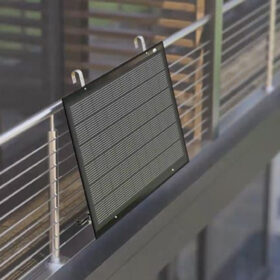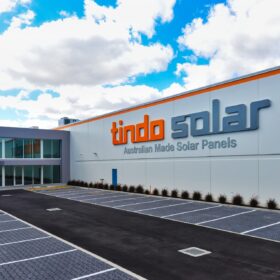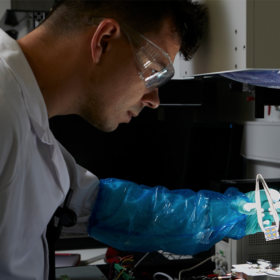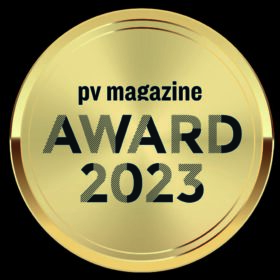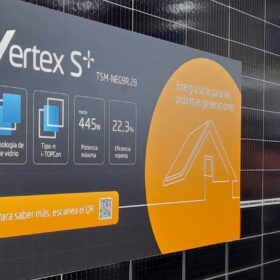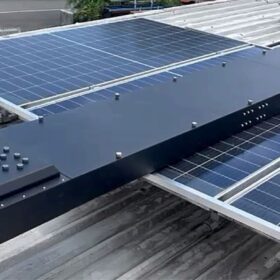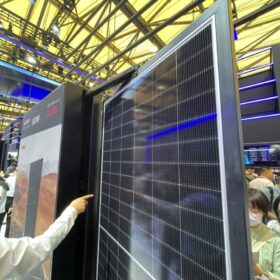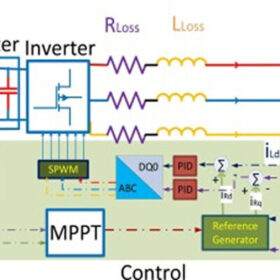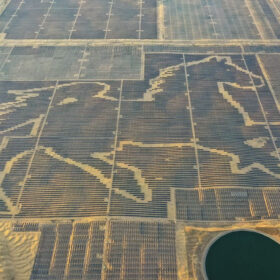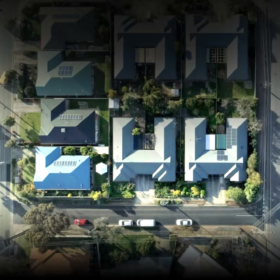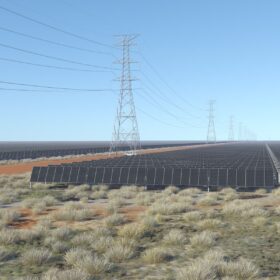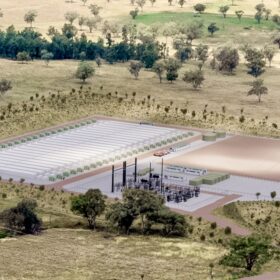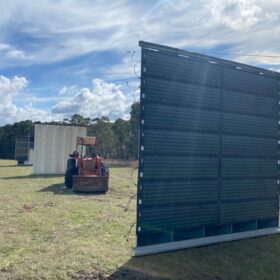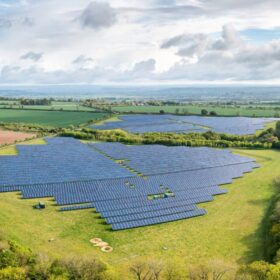Italian startup unveils 350 W balcony TOPCon solar modules
Fly Solartech Solutions Srl’s new 60-cell modules have a power conversion efficiency of 17.87% and a temperature coefficient of -0.27% per degree Celsius. The company offers the panels with 300 W, CEI-021-certified microinverters featuring 96.5% peak efficiency.
ClearVue inks Australian manufacturing and distribution deal
Solar glass manufacturer ClearVue Technologies will look to ramp up the commercialisation of its power-generating solar windows in Australia after finalising its first manufacturing and distribution agreement in the country.
Australian solar panel manufacturer unveils 1 GW expansion plan
Australian solar panel manufacturer Tindo Solar has announced plans to build the country’s first solar panel gigafactory as it looks to increase its manufacturing capacity to capitalise on a growing domestic market currently dominated by imports.
Breakthrough for producing perovskite solar cells with AI
Researchers at RMIT University’s School of Science, Monash University and Australia’s national science agency, the CSIRO, have harnessed artificial intelligence to accelerate the design and production of perovskite solar cells.
pv magazine Awards 2023: The winners
More than 200 entries from across 39 countries made up the field for the pv magazine Awards 2023 and there was genuine innovation on display in all categories. Significant demands have been placed on the solar and energy storage industries in 2023, but that hasn’t stopped the sector from making great leaps in performance. The winners of the pv magazine Awards 2023 serve as shining examples of what can be achieved through a continuous improvement philosophy.
Solar manufacturers unite to develop 700 W + module standards
Solar module size standardisation will enhance supply chain efficiencies, boost production, and lower costs, according to the 700W+ Photovoltaic Open Innovation Ecological Alliance, thus accelerating the industrialisation of 700 W or greater modules.
Singaporean startup unveils illumination tech that ‘rejuvenates’ solar panels
NTU Singapore researchers and startup EtaVolt have presented a high-intensity illumination device that can reportedly “patch up” the holes caused by light and heat in silicon solar cells. The new technique is claimed to reduce solar module degradation by up to five years and to be usable for about 90% of the solar modules available in the market.
Longi announces 27.09% efficiency for heterojunction back contact solar cell
Longi has announced the achievement of 27.09% efficiency for its heterojunction back contact solar cell, a result that has been confirmed by Germany’s Institute for Solar Energy Research.
Master-slave technique for deploying parallel inverters in PV systems
Scientists in Czechia have proposed to use parallel inverters in PV systems to not only reduce instability, but also to increase power yield. The proposed approach reportedly results in higher maximum power point tracking (MPPT) performance.
Weekend read: Famine to feast, China’s solar market in 2023
China’s solar industry rebounded in 2023 after years of pandemic-related sluggishness. As the year draws to a close, Vincent Shaw looks back at key highlights of 2023 and considers the prospects for 2024.
